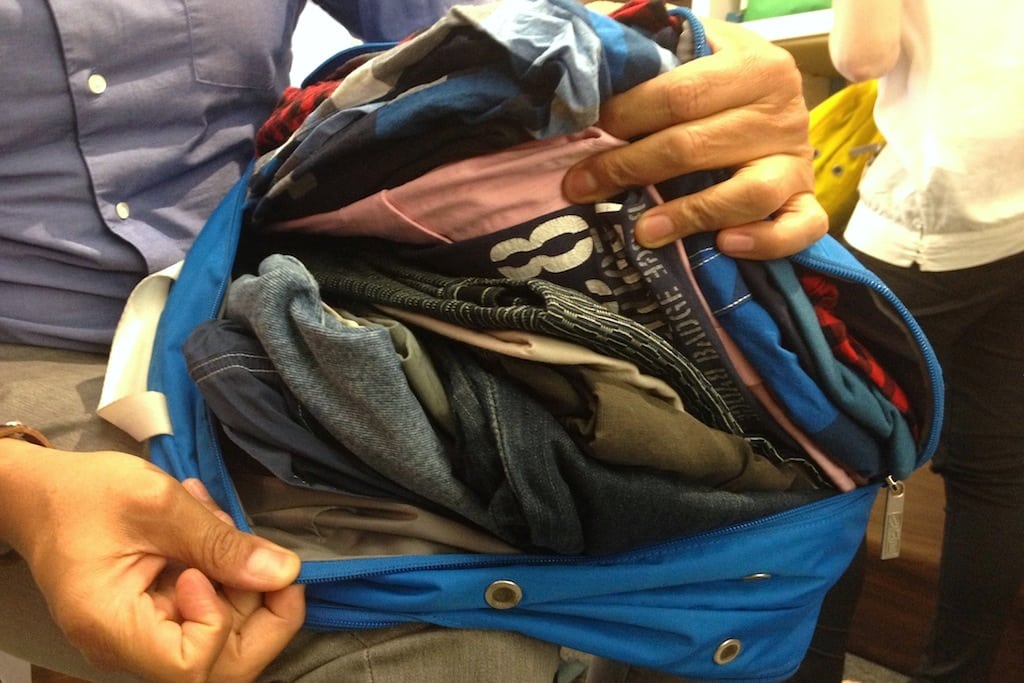Skift Q&A: How to sell physical products to today's digital travelers

Skift Take
User design has quickly become an integral part of the travel experience with tech-savvy travelers looking to efficiently bypass fees in style. Flight 001’s colorful clean designs match the minimalism enforced by mobile passes and digital guidebooks.
In the past 15 years, travel has changed in pretty much every way imaginable. Travelers have ditched wheeled bags for light carry-ons, guidebooks for iPads, and toiletry cases for 3-1-1 cases.
Flight 001, whose flagship store sits in a small building in New York City's West Village, has tracked the changes and adapted with colorful products that break boundaries in terms of colors, weight, and design since its launch in 1999. The brand's first property, however, looks more like an 1970's airport lounge than a modern-day design-haven.
Flight 001 hasn't just tracked the evolution of the flight experience throughout time, but across cultures. There are 18 locations around the world with another ten planned to open in Asia over the next two years.
Skift sat down earlier this month with Flight 001 co-founder John Sencion in the company's New York store to talk about design, the flight experience, and growing a global travel gear and accessories company.
Skift: Flight 001 started with a collection of travel products and evolved into a brand with its own products. What need did you see that led to the branded products?
John Sencion: I think our first product was really the store and that’s sort of what created the brand. That’s an usual way to create a brand and it wasn’t intentional, but it just sort of happened that way.
We put a lot of thought into the make up of the space. As a matter of fact, we just renewed our trade dress on the actual design of the store. The fuselage with a ticket counter and backage claim area and stuff like that. So that was our first product (the fuselage) there was evolutions of this that give you a better sense of it. It took a few generations to finalize it or really map it out and get a clear sense of what it was going to look like. This was our first store so it was just the beginning of it.
In 1999 there are very few travel products that really existed so you could walk in and out of the door in five minutes and touch every single item in the store, because there wasn't very much. People thought we were either selling fixtures or we were a travel agency. It was pretty sparse, but over the course of time we saw needs in certain areas and we started making our own [products] as well as asking people to make products for us.
When we started -- just to give you an idea of how long ago it was -- color
